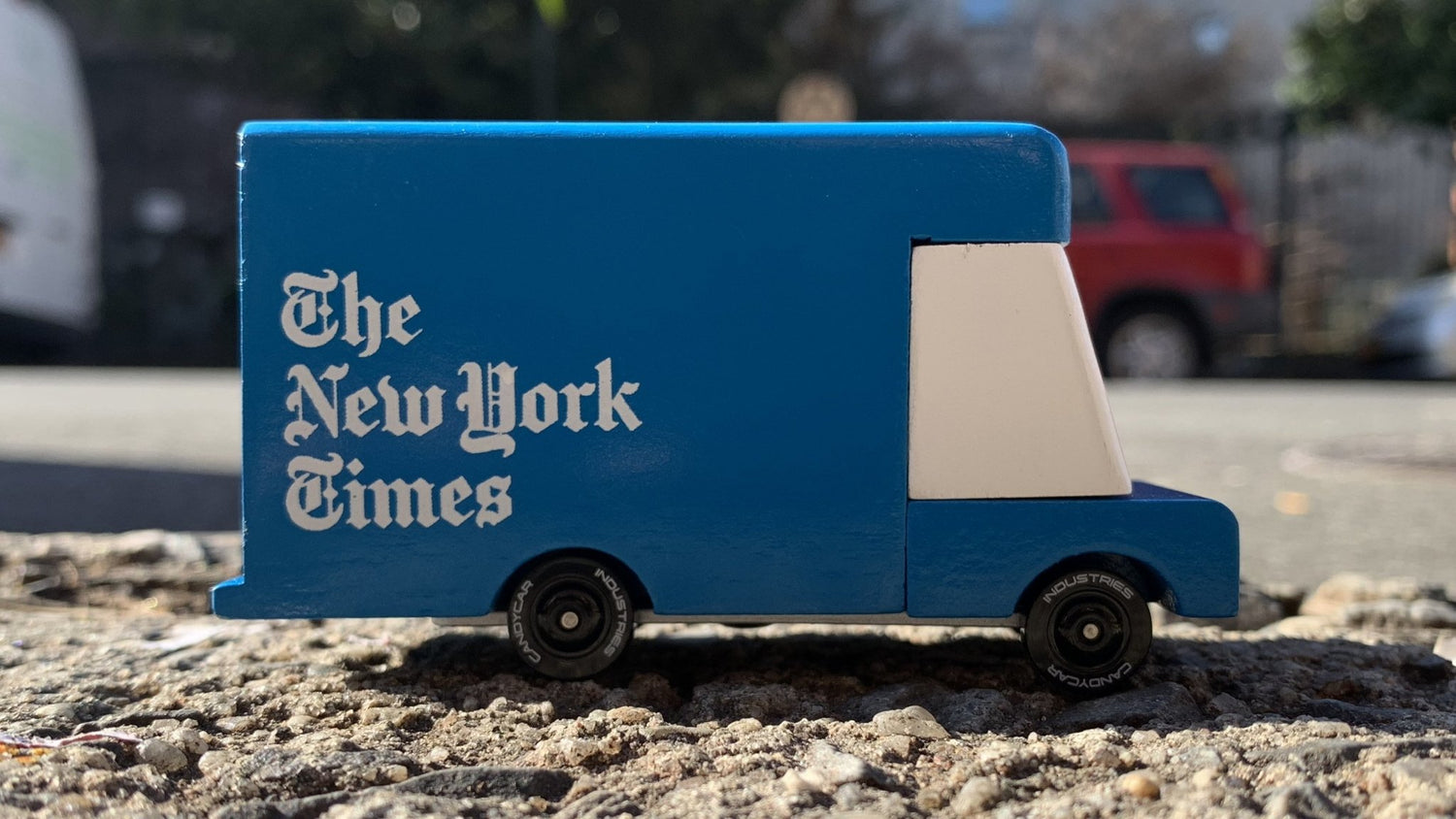
The company recently shut down access to news on Facebook and Instagram in Canada after its government passed the Online News Act, which requires tech firms to pay content fees to media outlets in the country. The decision to deprecate Facebook News is part of a broader move away from the news business. Meta debuted Facebook News in 2019, saying at the time that the product "was built to bring people closer to the stories that affect their lives." Meta said it would honor the Facebook News obligations it had made to publishers in those countries, but said it won't enter into new deals and has no plans to offer new products for news publishers. News represents less than 3% of what people see in their Facebook feeds, Meta said. The company added that it plans to spend more time and money on short-form video, as best exemplified by its TikTok-like Reels product. Personal Loans for 670 Credit Score or Lower Personal Loans for 580 Credit Score or Lower To support his work, including exclusive content for subscribers only, sign up here: ottawacitizen.Best Debt Consolidation Loans for Bad Credit The system is also supposed to provide long-range day and night surveillance capability under all-weather conditions.ĭavid Pugliese is an award-winning journalist covering Canadian Forces and military issues in Canada. This will permit the collection and sharing of real-time imagery on the battlefield, according to National Defence. The LRSS vehicles are outfitted with sensor suites consisting of digital, high definition electro-optic sensors, lasers and inertial navigation, as well as a new ground surveillance radar. Over the next 18 months, the remaining vehicles will be delivered in a similar manner to Canadian Forces Bases in Gagetown, N.B., Petawawa, Ont., Valcartier and Montréal. They will undergo testing until the winter of 2024, National Defence said. Under the latest schedule, the first five of the new vehicles earmarked for testing are being transported by semi-trailer flatbed from London to Valcartier in Quebec. In 2019, before the pandemic, Canadian Army officers were warning that the first vehicles wouldn’t be operational until 2020. The original plan was to have the vehicles operating by 2012, but that never happened and the delays have piled up. The need for the LRSS was identified by the military in 2009, according to Canadian Army records obtained by this newspaper. In addition, army officers noted that the existing Coyote fleet can’t be technically supported beyond 2025. In the April briefing to industry officials, army officers pointed out other ongoing issues with the LRSS project including that the contract was scheduled to end in 2025 despite the technical problems with the new vehicles. The company declined to comment, referring questions to National Defence. The LRSS project was a sole source contract to General Dynamics Land Systems Canada. In addition, National Defence blamed COVID-19 pandemic-related supply-chain issues for some of the delays.
NEW YORK TIMES DELIVERY SOFTWARE
“Technical challenges in software design and emergent issues during qualification testing needed to be worked and resolved.” In a statement to this newspaper, National Defence spokesperson Jessica Lamirande noted, “As with any project, timelines can change as things evolve.”ĭelays in the project are mainly attributable to software design and qualification testing issues, she added. This advertisement has not loaded yet, but your article continues below. That will provide a “digital surveillance system that pushes the technology envelope in terms of detection, recognition, and identification.” National Defence says the new equipment is composed of “state-of-the-art surveillance systems integrated onto the Light Armoured Vehicle 6.0 platform.”

The LRSS project is replacing the army’s existing fleet of 141 Coyote surveillance vehicles. The Conservative government originally announced in November 2014 that it had awarded a contract to General Dynamics Land Systems Canada in London, Ont., to provide the 66 upgraded Light Armoured Vehicles with a new reconnaissance and surveillance system.ĭelivery of the vehicles was supposed to begin two years later, the federal government said at the time. “Multiple deficiencies remain unaddressed and unquantified,” noted the presentation obtained by this newspaper. It will take until the summer of 2025 before all of the new vehicles are operational, National Defence noted in a statement to this newspaper.īut more problems could be on the horizon for the project.Ĭanadian Army officers briefed industry officials at an April 3 meeting in Ottawa that the LRSS project was facing “high technical risk.” Activate your Online Access Now Article content If you are a Home delivery print subscriber, unlimited online access is included in your subscription.



National Capital Region's Top Employers.


 0 kommentar(er)
0 kommentar(er)
